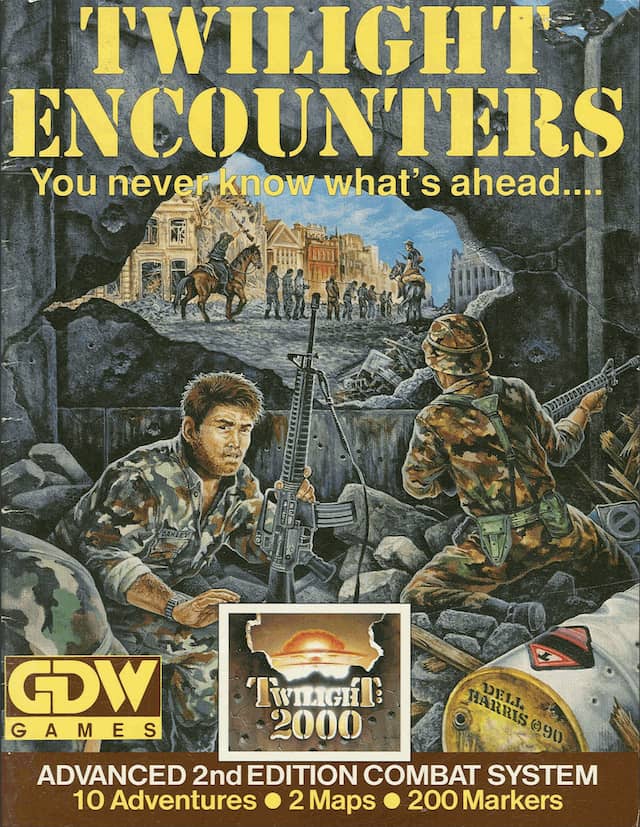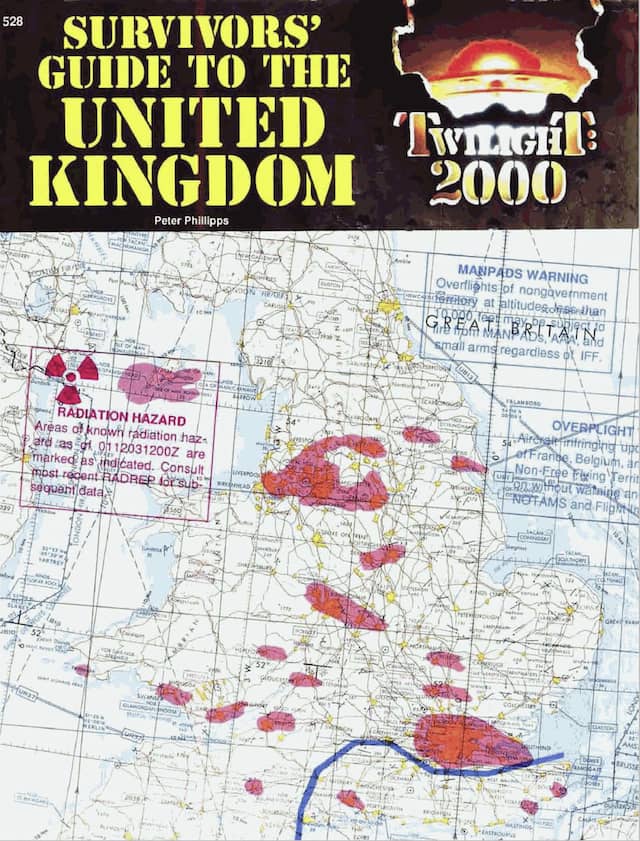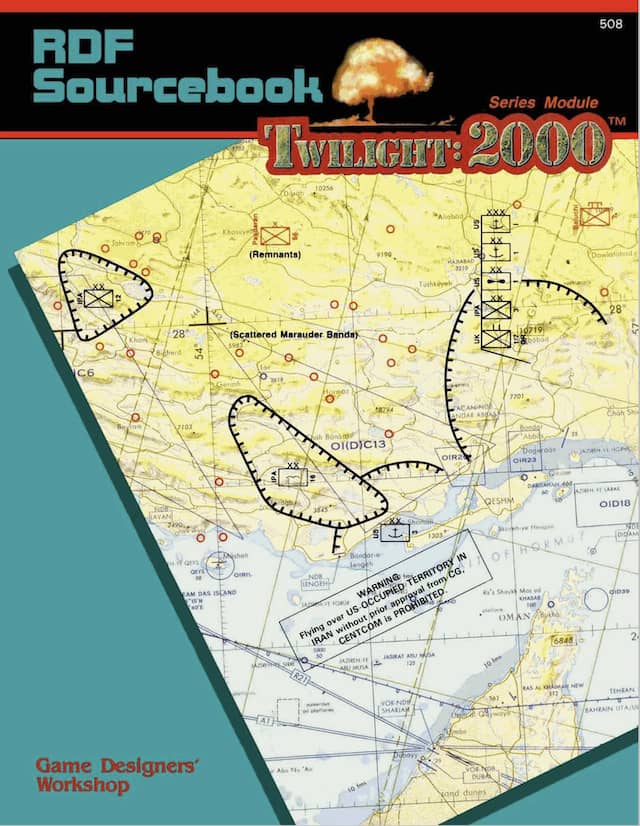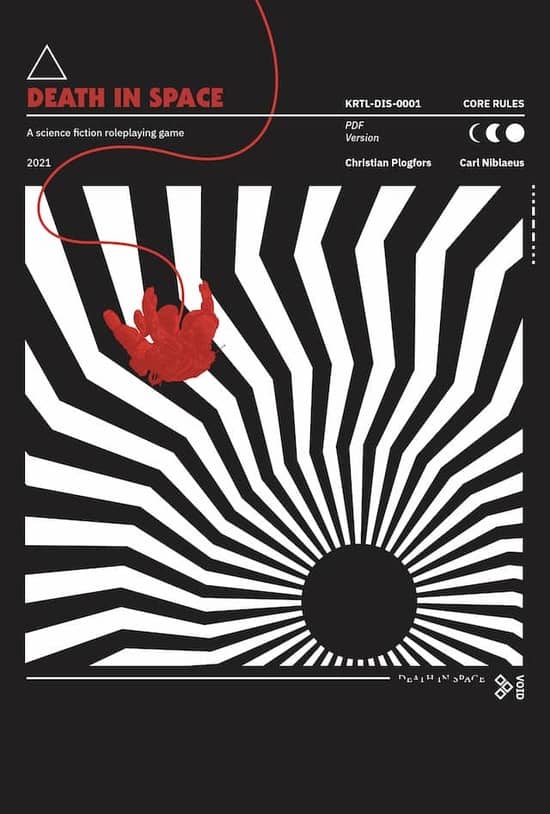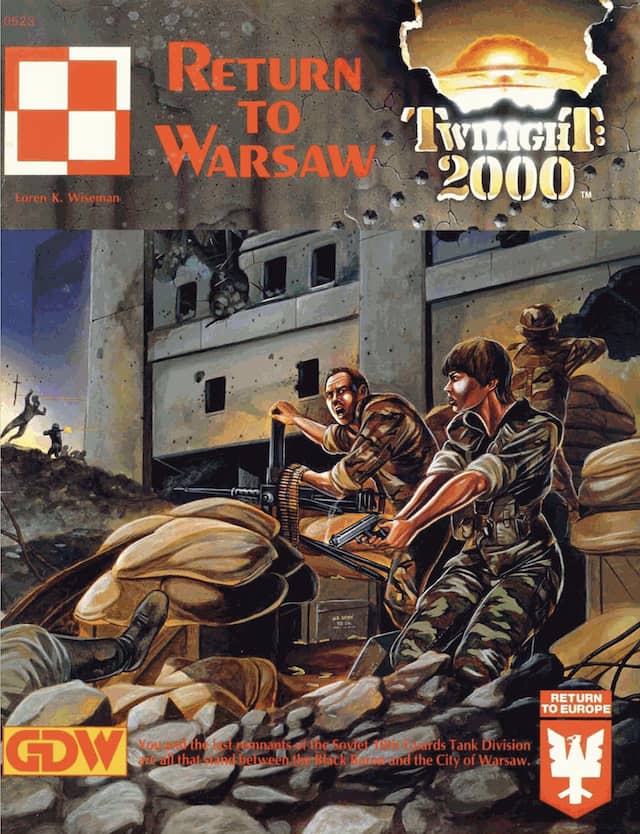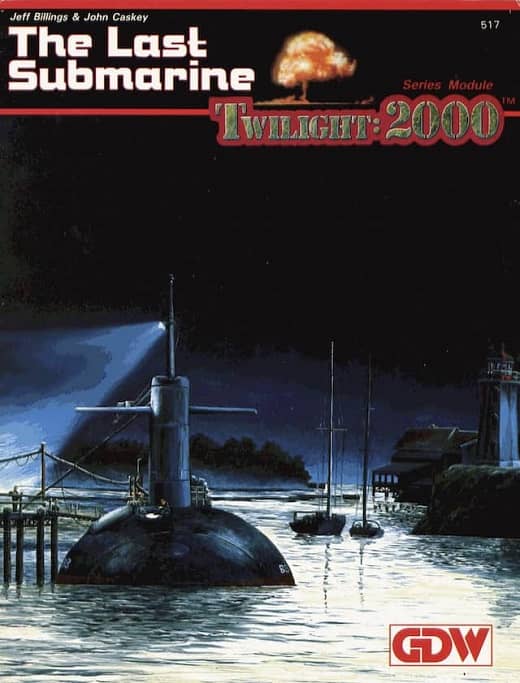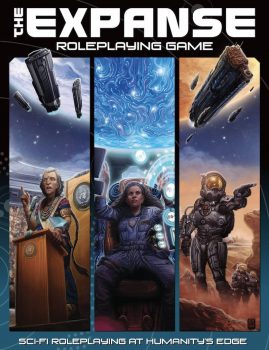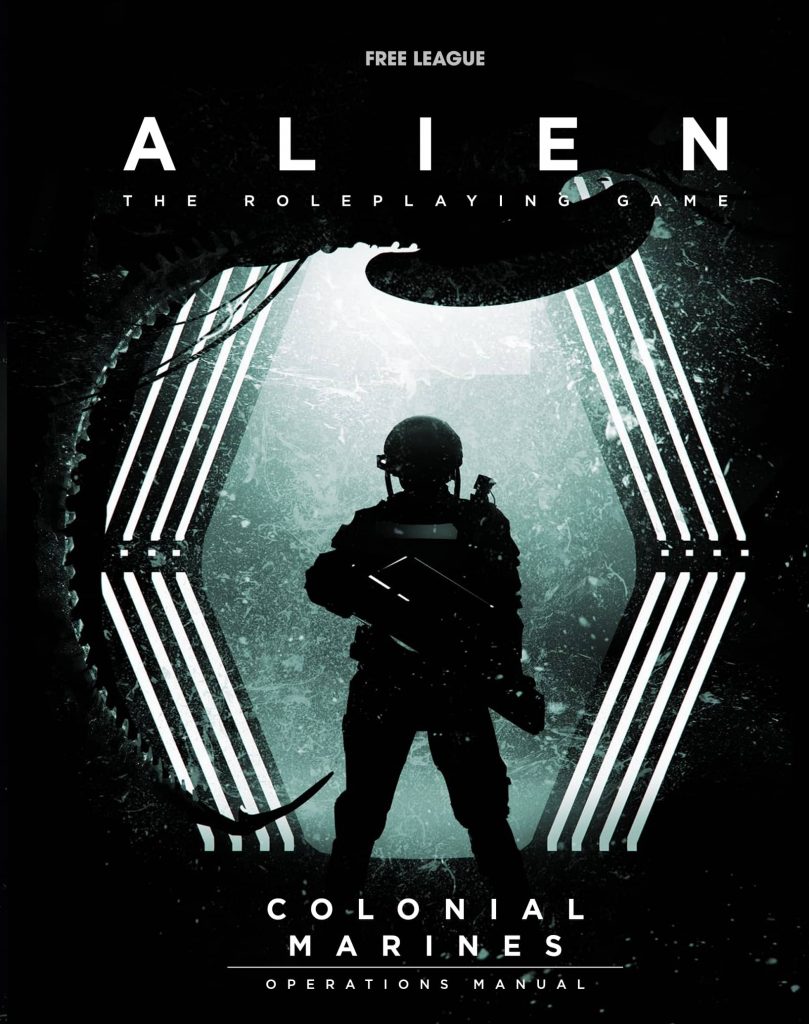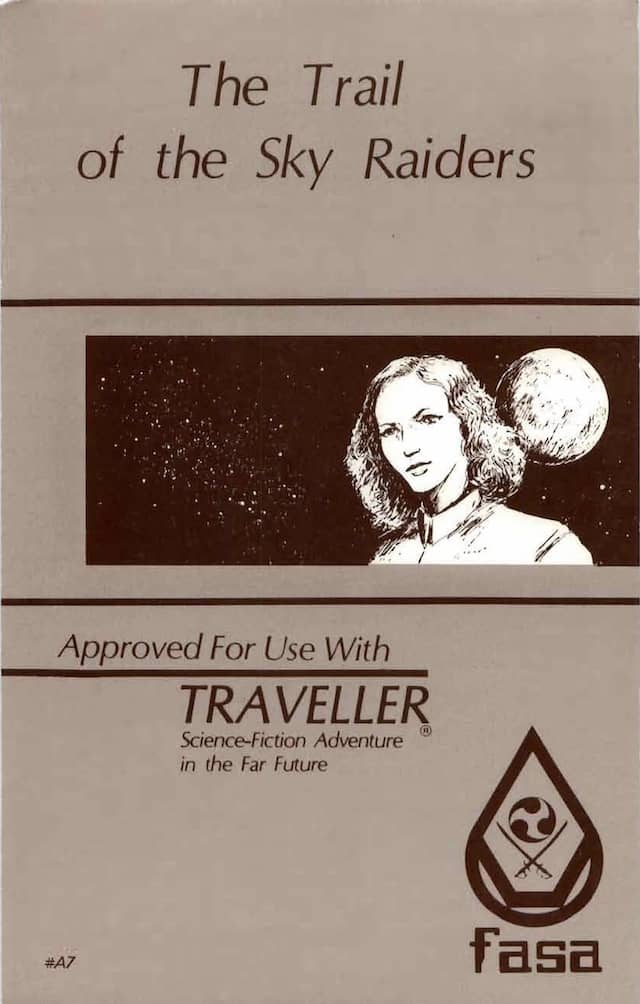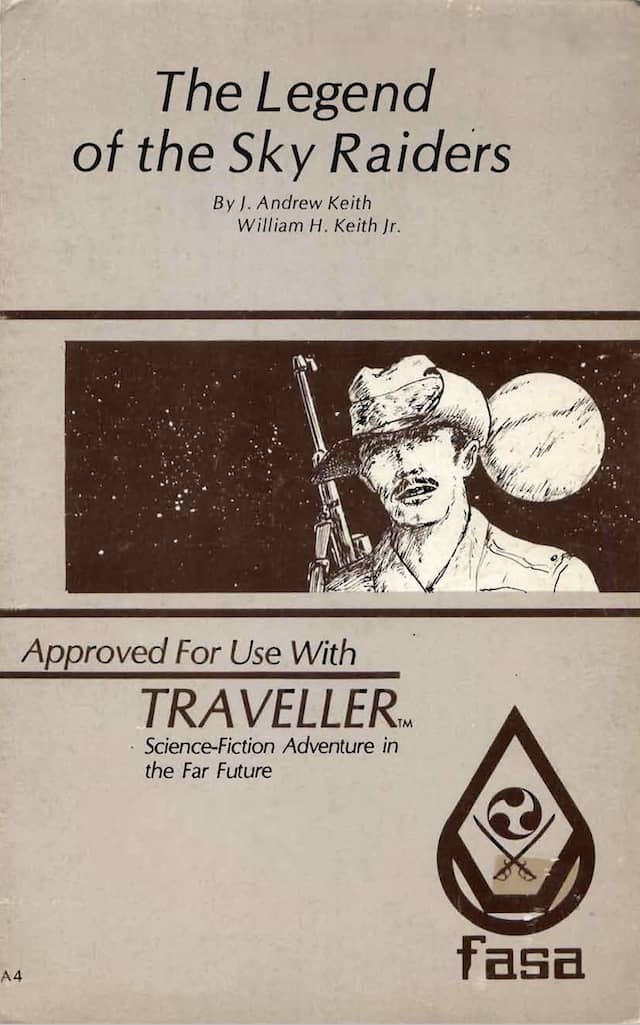Twilight: 2000 Reflections
For Black Gate, I spent much of 2021 re-visiting Twilight: 2000‘s first edition adventures and sourcebooks. Twilight: 2000, published by GDW in the mid 1980s, absorbed into its setting much of the worries and fears of the late Cold War — but turned it into a game. The Soviet Union and China begin a war that eventually brings in the rest of the world. While the war is starts out as conventional, the temptation to use tactical nuclear weapons cannot be held back. The world inches across into nuclear Armageddon.
While Twilight: 2000 was not unique in suggesting a nuclear apocalypse, it did have a compelling twist that differentiated it from things like Mad Max or By Dawn’s Early Light: it happens in the immediate aftermath. Armageddon is happening — society is breaking down. National governments like the US or USSR exercise very little control. Environmental devastation is in the early stages. Yet people continue to live. Some even continue to fight the war. Most try to simply survive.
